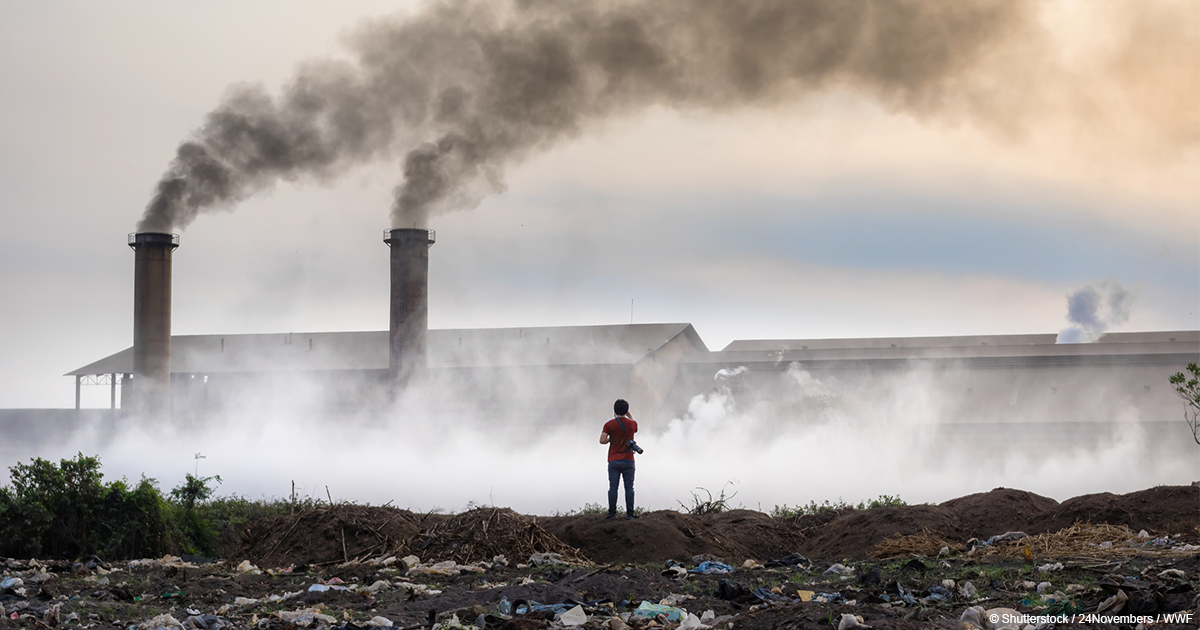Embracing Nature's Ingenious Solution
As the world grapples with the escalating challenges of climate change, the quest for innovative and effective solutions has never been more critical. Among the myriad strategies emerging in the environmental movement, one natural process holds particular promise for its simplicity and potential impact: seed rain. This remarkable phenomenon, though often overlooked, is nature’s subtle yet powerful tool for ecosystem restoration and a vital ally in our fight against global warming.
The Magic of Seed Rain
Seed rain refers to the dispersion of seeds across various landscapes, a crucial process for the propagation and regeneration of plant life. This dispersion is facilitated by an array of natural vectors, including wind, water, animals, and gravity, ensuring that seeds reach new locations where they can germinate and grow. The term itself conjures up imagery of seeds gently falling like rain to the earth, ready to take root and begin life anew.
Why Seed Rain Matters in the Climate Change Context
Seed rain is instrumental in fostering ecological resilience and contributing to the fight against climate change for several compelling reasons:
- Carbon Sequestration: One of the most direct ways to combat climate change is by reducing the levels of carbon dioxide in the atmosphere. Plants play a critical role in this process through photosynthesis, absorbing CO2 and storing carbon in their tissues and the soil. Seed rain facilitates the spread of plant life, thereby enhancing the capacity of ecosystems to sequester carbon.
- Ecosystem Recovery: Healthy, biodiverse ecosystems are more resilient to the impacts of climate change and can provide a range of essential services, including water purification, air quality improvement, and soil stabilization. By encouraging the natural regeneration of forests and other habitats, seed rain contributes to the restoration and maintenance of these vital ecosystems.
- Biodiversity Support: Seed rain promotes biodiversity by enabling a diverse array of plant species to disperse and flourish in new areas. This biodiversity is key to ecosystem health, providing resilience against pests, diseases, and environmental changes.
Harnessing Seed Rain for Environmental Restoration
Understanding and leveraging the process of seed rain could greatly enhance reforestation efforts and the rehabilitation of degraded lands. Human intervention, such as the strategic planting of seed-dispersing species and the use of seed bombs in deforested areas, can amplify the effects of natural seed rain, accelerating the recovery of ecosystems and their ability to act as carbon sinks.
Conservationists and scientists are increasingly focusing on seed rain dynamics to inform restoration projects, recognizing the importance of factors such as seed size, type, and dispersal mechanism in ensuring successful germination and growth. These insights are guiding the development of more effective strategies for ecosystem regeneration, tailored to the unique conditions of each area.
The Path Forward
As we forge ahead in our efforts to combat climate change, the principle of working with nature rather than against it has never been more pertinent. Seed rain embodies this principle, offering a blueprint for ecological restoration that is both simple and profound. By supporting natural regeneration processes and integrating seed rain dynamics into conservation strategies, we can make significant strides towards a healthier, more resilient planet.
In the context of these efforts, initiatives that foster awareness and action around natural regeneration processes, like seed rain, are invaluable. They remind us of the power inherent in nature’s own mechanisms for healing and growth, inspiring hope and action in the face of environmental challenges. As we continue to navigate the complexities of climate change, let us look to phenomena like seed rain as beacons of hope, guiding us towards a more sustainable and regenerative future.




